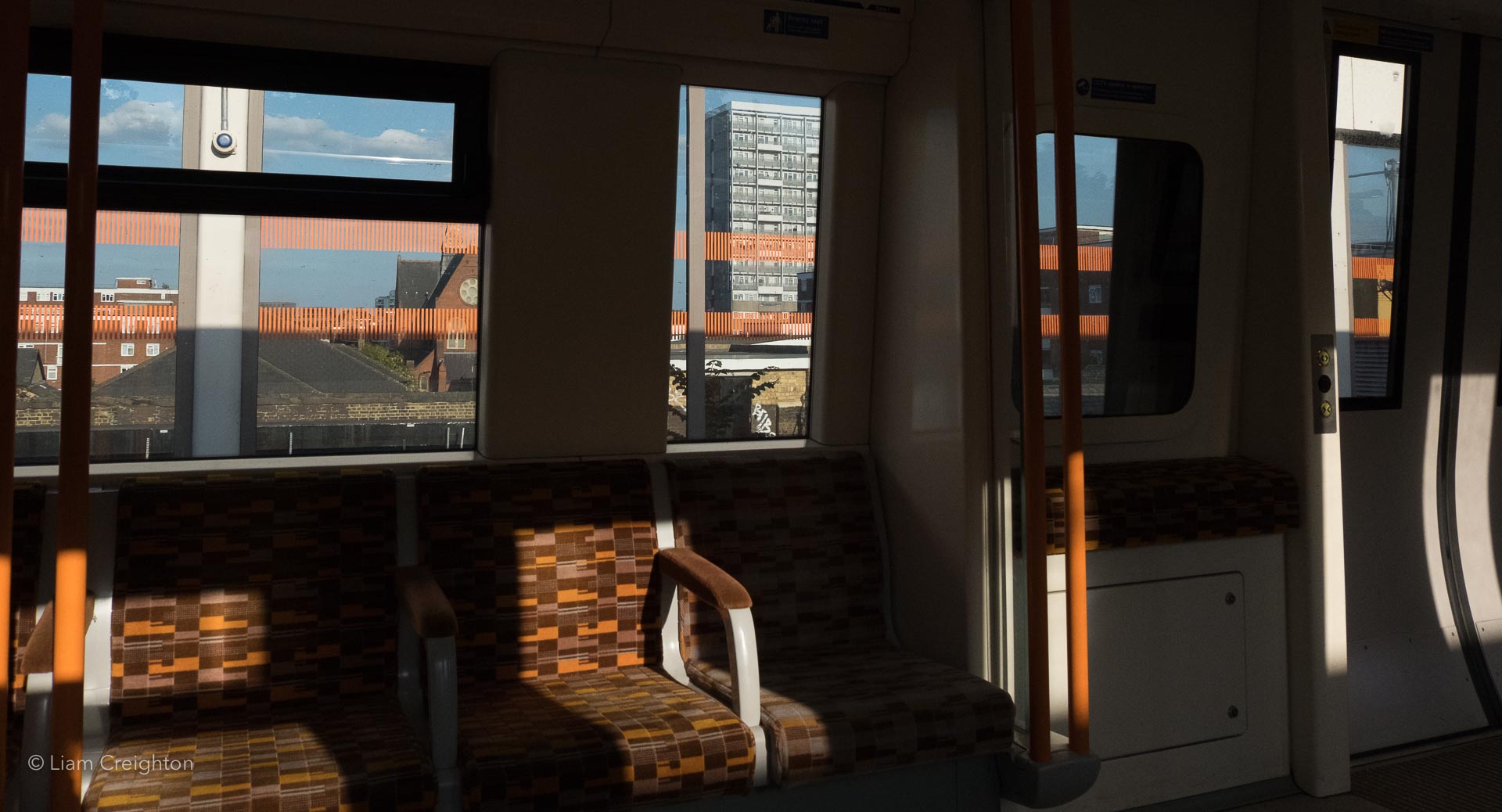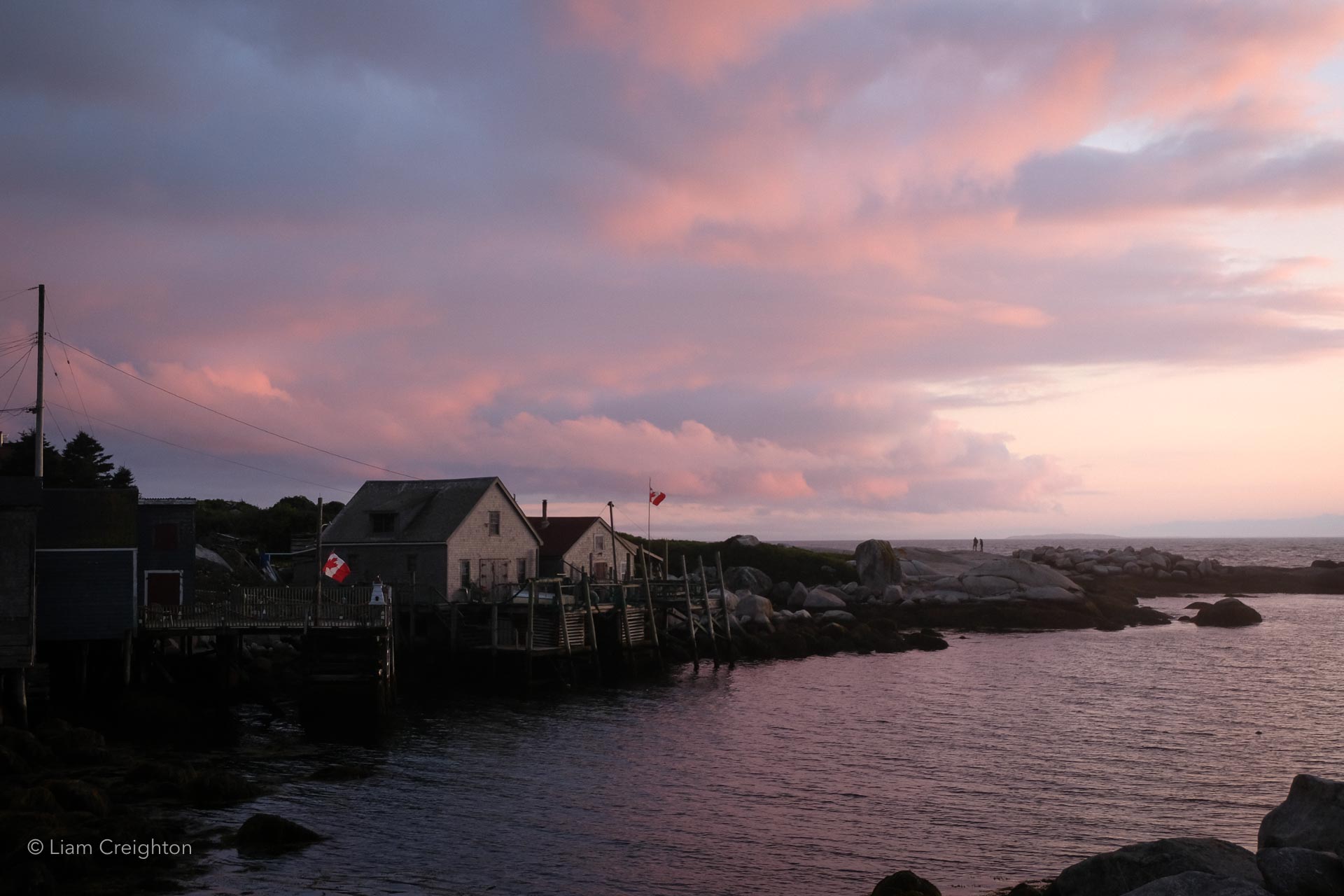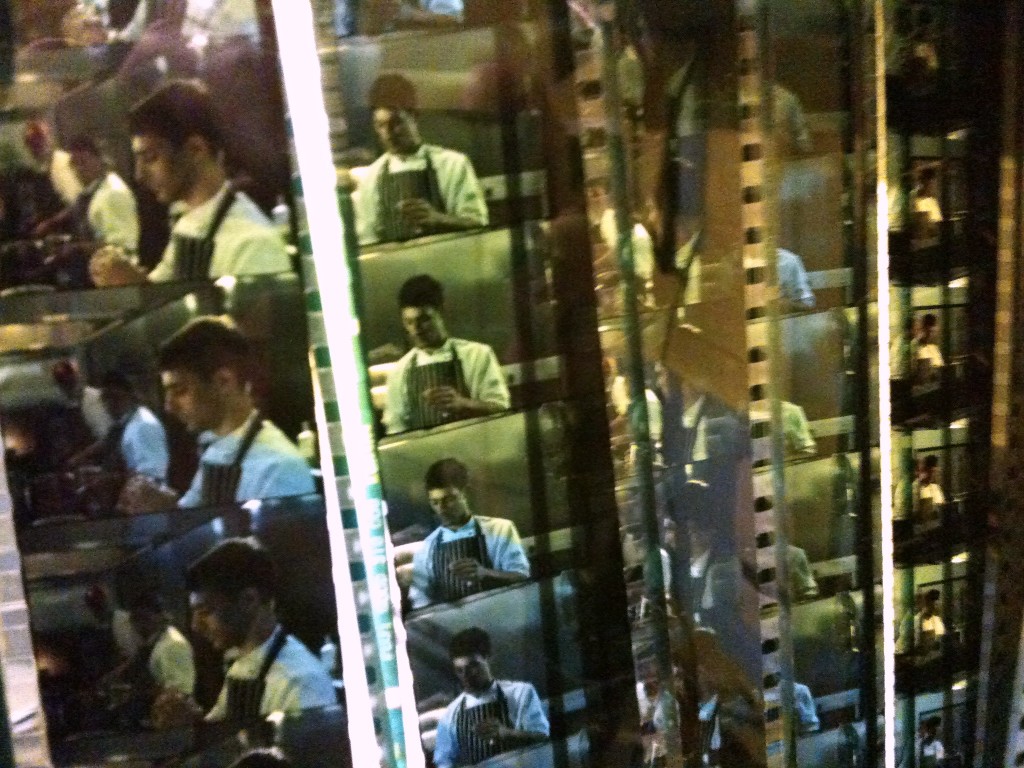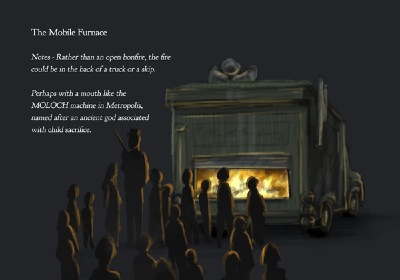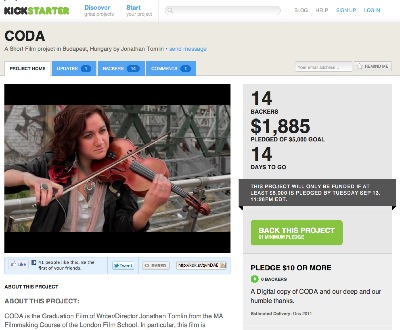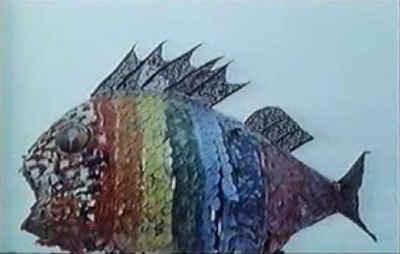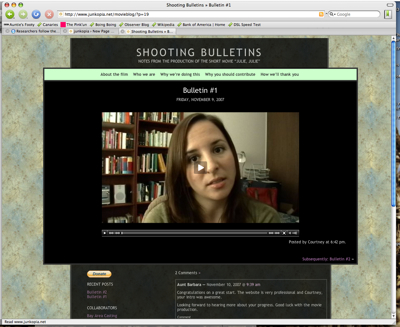Back in the late 1980s, maybe the 1990s, back in an era when the NHS was more functionally funded, my father would periodically go to the GP surgery in the village to get his ears syringed. He always looked forward to getting it done, and when he came home he would always tell us how pleasurable it was, as if it was not so much a medical procedure, but more like a massage. As a teenager I was baffled, and also grossed-out by terms like ‘waxy buildup’.
On Christmas Eve 2023 I experienced dizziness so intense I vomited, shook like I had an intense chill, and almost passed out. After a few hours’ bed rest the symptoms subsided. A few days later, as I was driving around a large roundabout I looked over my shoulder to check my blind spot and the dizziness returned with a vengeance. I could no longer tell exactly where I was steering the car, how far I was from the other vehicles, or even precisely which way was up. Panic. It took every ounce of my concentration to manoeuvre the car through the four-lane roundabout and into a bus stop where I waited for the symptoms to subside.
It’s still not clear what caused the issue. I suspect the dizziness was ‘cervical vertigo’ – in this case stress knots from my shoulder muscles putting pressure on the nerves in my cervical spine – because I’d been spending long hours at my desk finishing my PhD alongside teaching two classes and completing writing commissions. My GP didn’t discount that, but she also suspected some sort of ear infection – my left ear was pretty clogged. Remembering my Dad, I asked about ear syringing but the GP wasn’t able to prescribe it. If I wanted that I’d need to go to Boots and pay a small fee. Thanks, austerity politics.
Figuring that I know my body I worked on de-stressing, had a physiotherapist massage/consultation, strengthened the relevant muscles and the problem hasn’t recurred. But the ear issue resurfaced when I went to get fitted for custom in-ear headphone tips. It is an entertaining procedure. The otologist mixes together two different pastes to make a fast-setting compound that she pipes into the ear with a syringe, like jam into a doughnut. It goes pretty deep into the ear canal. Once it is set, a few minutes later, she pulls it out and there you have it: an accurate 3D negative image of the inside of your head.
But of course if this is to be accurate your ears need to be totally clean. I’d prepared by cleaning my ears as best I could at home (drops, syringing with warm water, etc.) but when I got to the audiologist it turned out my best efforts were insufficient. My left ear still had a significant build-up of hard old wax. Looking at the image on her specialist keyhole camera was fascinating and abject at the same time. I apologised for bringing my filthy earholes to the audiologist, but obviously she sees worse than me every day. Unfazed, she reached for a pair of long tweezers and got straight down to business.
It was strangely intimate having a stranger gently insert a metal implement all the way inside my earhole to remove a chunky piece of grossness. And it felt… profoundly inappropriately good. Even now, four days later, I find myself thinking warmly about what exactly came out of my body, how disgusting and yet how incredibly satisfying it was to have it come out, especially all in one contiguous blob. I was tempted to examine said blob (it was impressively large to have occupied such a small crevice), but the audiologist primly tucked it into a fold of tissue paper before I could embarrass myself by asking to see it, which was probably for the best.
Now I know what floated my Dad’s boat all those years ago. I’d repeat the experience again tomorrow, but it takes years for grossness like that to accumulate. In compensation, I can look forward to custom-made headphone tips for blocking out the horrific mechanical grinding noises of the Central Line, or of squalling infants on long-haul flights. In conclusion, ear care: 10/10 would recommend.



